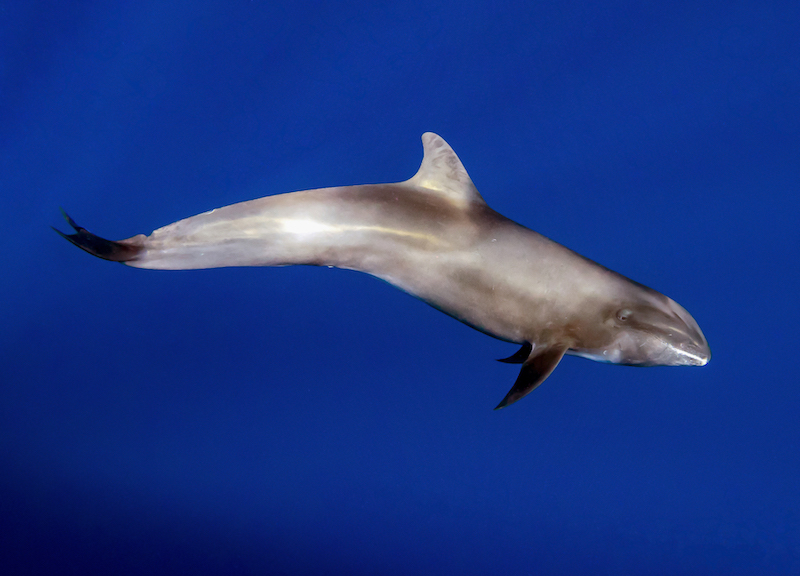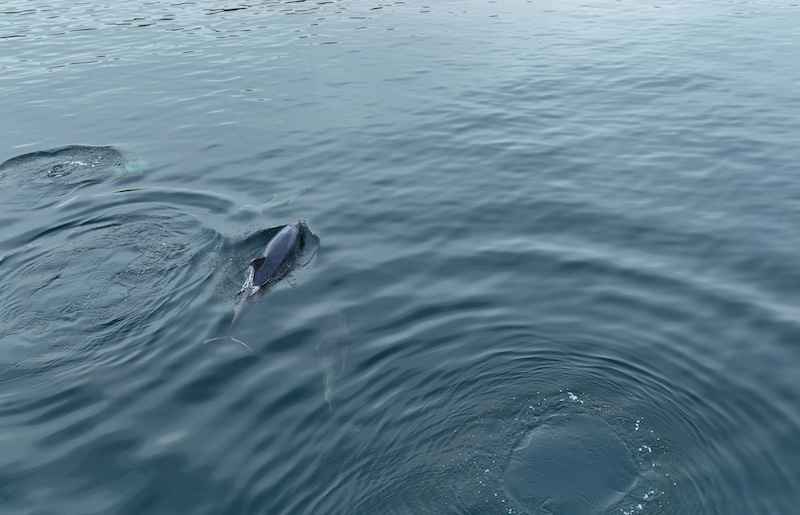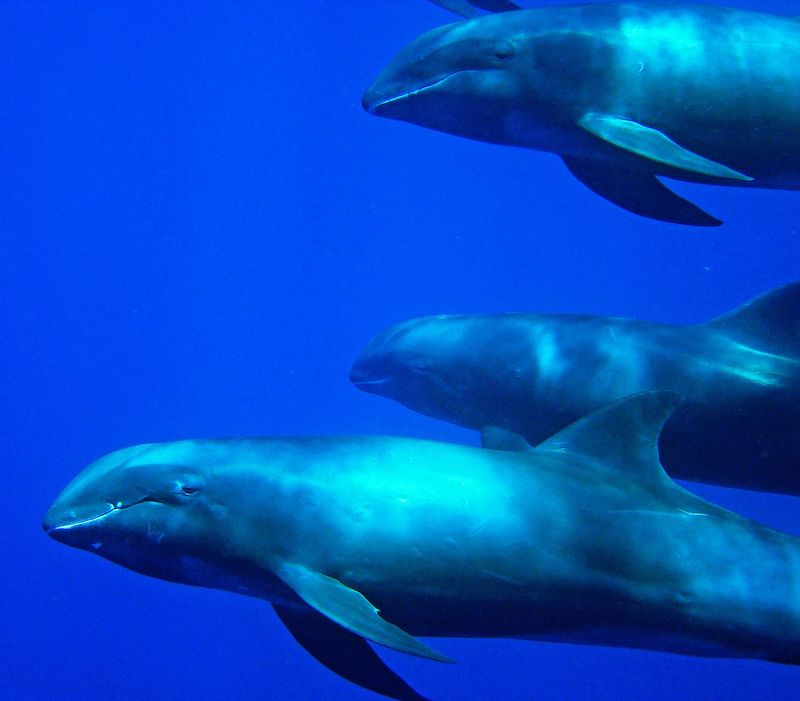
Sailing through the mysterious waters of the Caribbean, the Risso’s Dolphin, a nature’s treasure, remains a subject of fascination. In this article, we delve into the world of this enigmatic creature, exploring its unique characteristics, habitat, reproductive habits, and dietary preferences. Get ready to discover a captivating underwater world.
Characteristics of the Electra’s Dolphin
The Electra’s Dolphin, or Peponocephala electra, is a fascinating and relatively lesser-known species inhabiting tropical and subtropical waters. Belonging to the Delphinidae family, this cetacean stands out for its unique morphology and intriguing lifestyle. Taxonomically, it is the sole representative of the Peponocephala genus, underscoring its exceptional nature in the marine realm. Morphologically, the Electra’s Dolphin has an oval-shaped head, reminiscent of a melon, and a robust dark gray body, sometimes adorned with black markings on the back. It can reach a size of 2.5 meters and weigh over 200 kg, making it a fairly imposing specimen among dolphins.
Its remarkable longevity can extend to 40 years, demonstrating its adaptability and survival capability in the marine environment. The Electra’s Dolphin is also known for its movement in large groups, sometimes numbering over a hundred individuals, reflecting complex and fascinating social behavior. These characteristics, coupled with its preference for deep waters far from the coast, make it a species both mysterious and captivating, sparking the interest and curiosity of researchers and marine life enthusiasts.

Habitat of the Electra’s Dolphin
The Electra’s Dolphin, a fascinating marine species, primarily inhabits the vast expanses of tropical and subtropical oceans. Preferring warm and deep waters, this marine mammal seeks refuge far from the coasts, in areas where water depth and temperature are ideal for its way of life. Its habitat spans across the Atlantic, Indian, and Pacific oceans, showcasing its great adaptability. These dolphins are often observed offshore from volcanic oceanic archipelagos, where the ocean floor plunges steeply into the abyss. These regions provide an environment rich in food resources and are conducive to their nocturnal hunting activities.
Despite its preference for deep waters, the Electra’s Dolphin can occasionally be spotted near coastlines, especially on steep continental shelves or in areas where ocean currents bring nutrients favorable to marine life. This geographical distribution underscores the importance of preserving these marine ecosystems to ensure the survival and prosperity of this remarkable species.
Reproduction in the Electra’s Dolphin
The reproduction of the Electra’s Dolphin is a fascinating process that reflects the complexities of marine life. These dolphins reach sexual maturity at a relatively advanced age: females around 11-12 years and males around 16-17 years. This late maturity is indicative of their longevity and extended life cycle. Gestation in this species lasts for approximately 12 months, a considerable amount of time allowing the fetus to fully develop in the mother’s womb. At birth, the dolphin calf already measures over a meter long, which is remarkable for marine mammals.
Births are not annual; they occur every 3 to 4 years, suggesting significant parental investment in each offspring. This relatively slow reproductive rate underscores the importance of protecting these animals, as populations may take time to recover from disturbances or declines. The reproduction of the Electra’s Dolphin, with its unique characteristics, is a key aspect of its ecology and conservation.

Diet of the Electra’s Dolphin
The diet of the Electra’s Dolphin is characteristic of its adaptation to a deep and rich marine environment. As a nocturnal predator, this dolphin has developed effective hunting strategies to exploit resources in deep oceanic areas. Its diet primarily consists of pelagic fish, squids, and shrimps, which it captures during deep-sea dives. These prey species abound in the intermediate and deep layers of the ocean, where the Electra’s Dolphin spends the majority of its time.
The variety in its diet demonstrates its ability to adapt to different types of prey available in its habitat. This dietary diversity is crucial for its survival, allowing it to maintain a balanced diet and meet its nutritional needs in a sometimes unpredictable environment. Understanding its diet is essential for comprehending the ecology of this species and the complex interactions it maintains with its marine ecosystem.
Discover all the cetacean species that can be found near the coasts of Martinique: